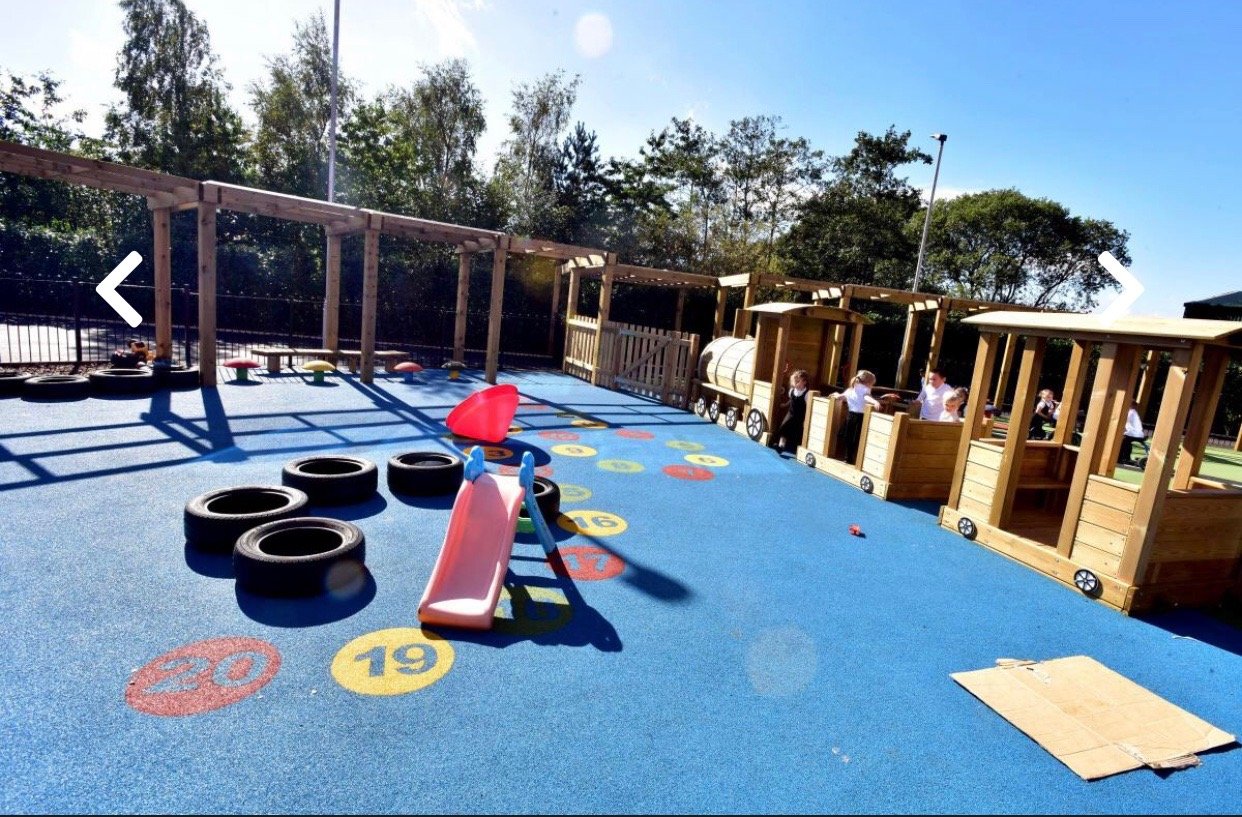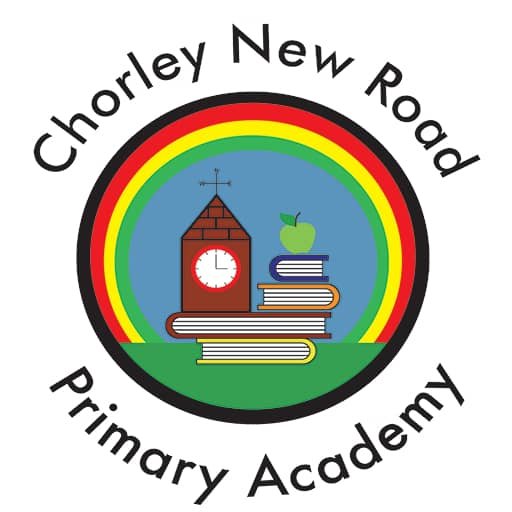
Chorley New Road Primary Academy
Challenge - Nurture - Respect
Maths at CNR
Mathematics Teaching for Mastery of Chorley New Road Primary School
Aims of the National Curriculum
The three main aims of Mathematics are fluency, problem solving and reasoning; they are interdependent and of equal importance and should be taught in an integrated way to ensure constant interaction between them. At CNR we plan for the progression of each of these aims within every lesson.
At CNR we have adopted an engaging and accessible style of mathematics teaching based on a Shanghai approach developed by NW Maths Hub3. We aim for our pupils to have the range of knowledge, procedures, mathematical language and communication skills to apply their understanding of mathematics to new problems in unfamiliar situations.
Pupils are taught to make connections across mathematical procedures and concepts to develop mathematical fluency, mathematical reasoning and problem solving strategies. For example a lesson on Place Value may also include addition and measures as well as problem solving and reasoning through the choice of numbers and tasks.
What does Mathematics look like in Key Stage 1?
In KS1 the lessons are based on a 6 part lesson structure and resources from Mathematics Mastery. . This scheme embeds a mastery approach to mathematics teaching that aims to improve pupil’s understanding, enjoyment and attainment in mathematics. Fewer topics are taught in greater depth, with problem solving and conceptual understanding being emphasised. Teachers use their own knowledge and expertise to adapt the scheme as necessary to meet the specific needs of each class and pupil.
1. The ‘Do Now’ part is a quick task that ALL pupils can access with minimal teacher input; it acts as an introduction to the mathematics lesson.
2. The ‘New Learning’ segment introduces the main mathematical concepts for the lesson.
3. The ‘Talk Task’ segment develops the new learning by teacher modelling of the use of key vocabulary and pupil to pupil practice.
4. The ‘Developing Learning’ segment builds on the ‘New Learning’ by developing a deeper understanding of the concepts and tasks within the lesson.
5. The ‘Independent Task’ practices the learning taken place so far; pupils work independently to solve problems that draw on the skills of fluency and reasoning.
6. The ‘Plenary’ segment recaps on the lesson, checking understanding and celebrating the children’s success.
Maths Meetings
Each day, for 15 mins, we hold a Maths Meeting in our Foundation Stage and KS1 classes. This is separate to our Maths lessons and aims to consolidate key areas of Maths learning. Lots of songs, rhymes and chants are used to make the meetings fun and interactive. Maths Meetings provide us with an opportunity to teach and revise 'general knowledge maths' which may not explicitly be covered during the Maths lesson. Through Maths Meetings pupils are practicing concepts and skills on a regular basis, meaning they are continually building on their mastery of these concepts. Topics for Maths Meetings typically include:
Money, Place Value, Time, Calendar Maths, Shape,
What does Mathematics look like at Key Stage 2?
In KS2 the lessons are based on a 5 part lesson structure developed by NW Maths Hub 3 from research undertaken on the Shanghai model for teaching mastery. The focus is on developing mastery of number through each topic taught. Topics are taught in greater depth with the use of variation to achieve mastery.
1. Review and Do – Children are given the opportunity to complete corrections or challenged for greater depth. This is a time for the teacher to quickly address any misconceptions from previous learning.
2. Hook - Children ‘have a go’ at the problem that introduces them to the Learning Objective for the day.
The hook may also have a teaching point especially if it focused on a new topic. The learning objective may not always be shared at this point.
3. Shared Learning -Misconceptions are shared and addressed using specific Mathematical language. Starting points and the most efficient methods are dis-cussed.
4. Refining of the technique - The ‘most efficient’ method is taught both through the procedural and conceptual approach. A bank of examples are used to develop variation within the lesson.
5. Independent work – Pupils complete the task set independently. Teachers and Learning Assistants support and challenge pupils by their depth of questioning and challenge activities.
Whole School Approaches
Same Day Intervention
By the end of the lesson, children who need more support or who have developed misconceptions are given access to further adult support in assembly time. Keep up sessions.
Differentiation
Although all children receive the same objective within our Maths lessons, we do differentiate our teaching and learning. Through their questioning and dialogue with the children, teachers are able to extend the thinking of children who rapidly grasp a concept, alongside further support and scaffolding for children who may have found the content of the lesson more difficult. This teacher-child dialogue is one of the key ways that differentiation takes place within our Maths lessons. In addition to this, differentiation also takes place through the support that is given to individuals. Teachers also plan challenge and reasoning activities to provide variation and greater depth.
Resources
Each classroom is equipped with all of their own maths resources which all children are encouraged to use during each lesson. The resource boxes contain a wide variety of resources tailored to each year group, but generally include:
Diennes, place value counters, place value charts, multiplication grids, hundred squares, bead strings, counting sticks, multi-link, counters, dice, money and coins.
Teachers may direct pupils to some resources, however resources are available to for pupils to freely use as and when they need to and children are encouraged to become independent in their use of these resources.
